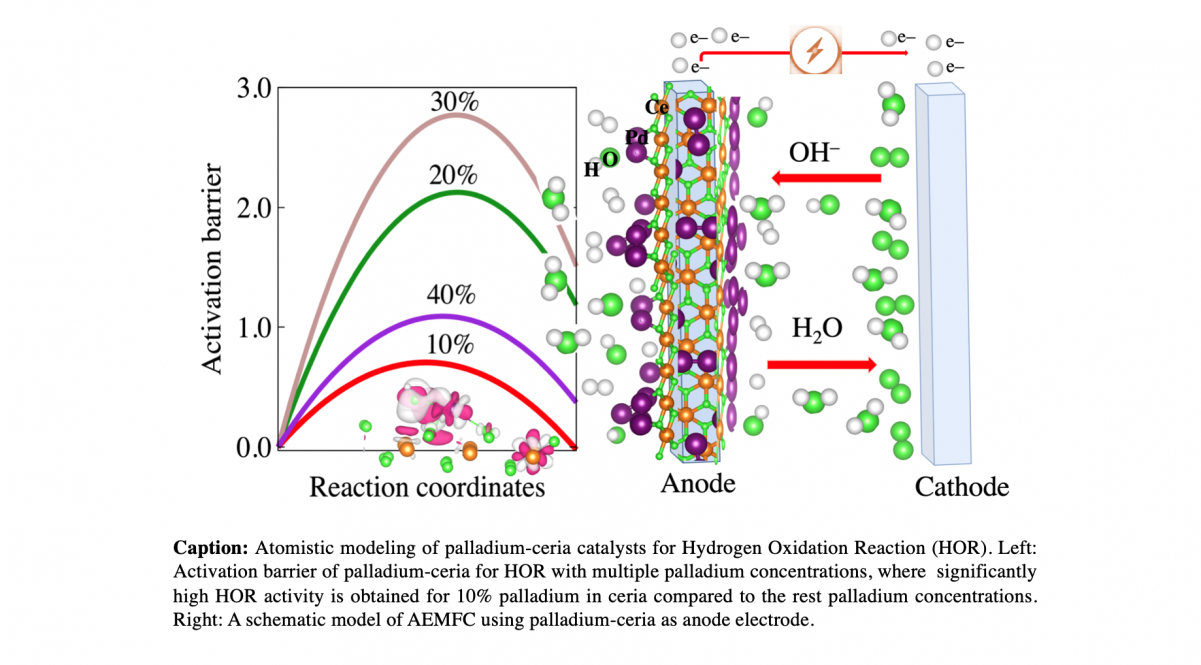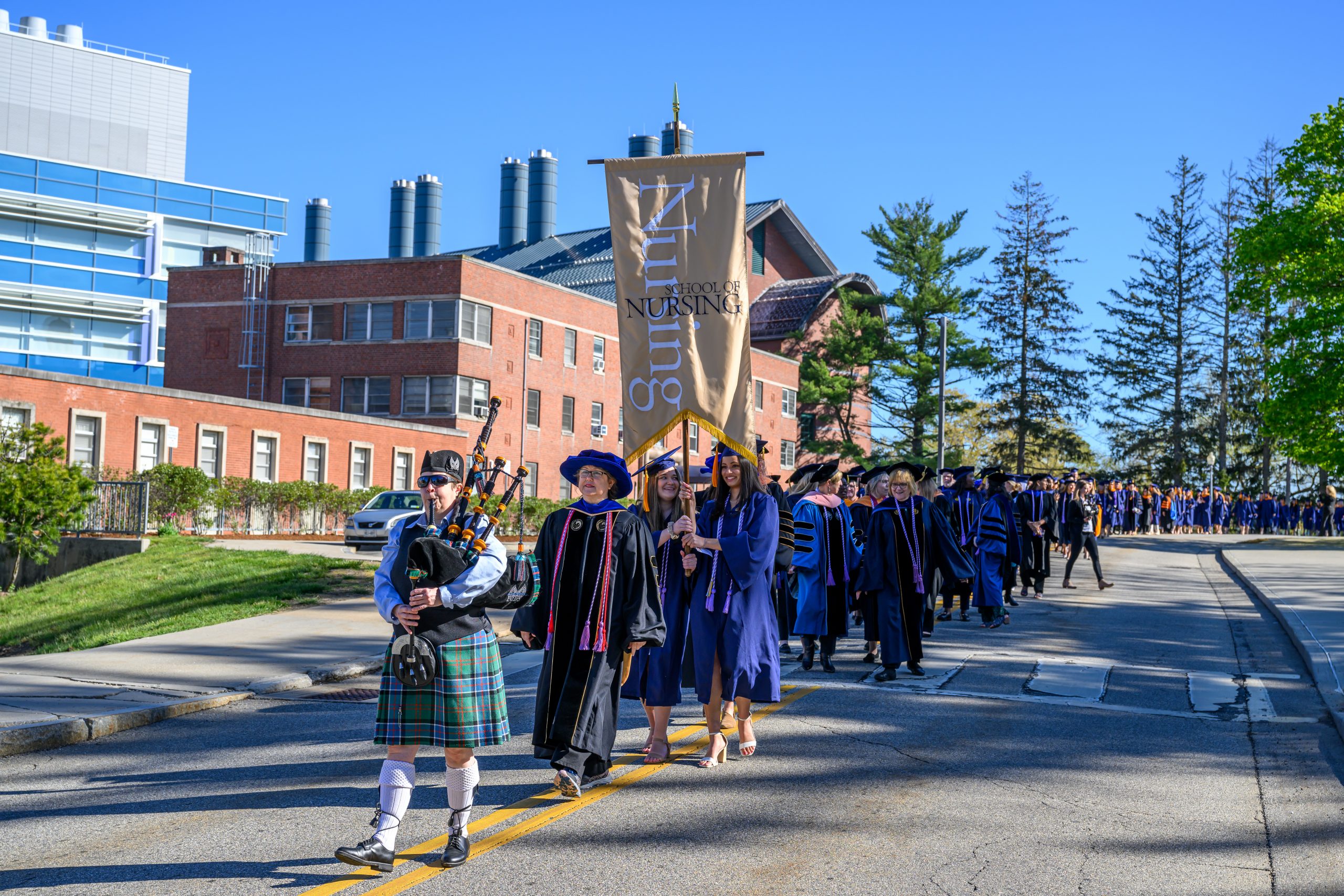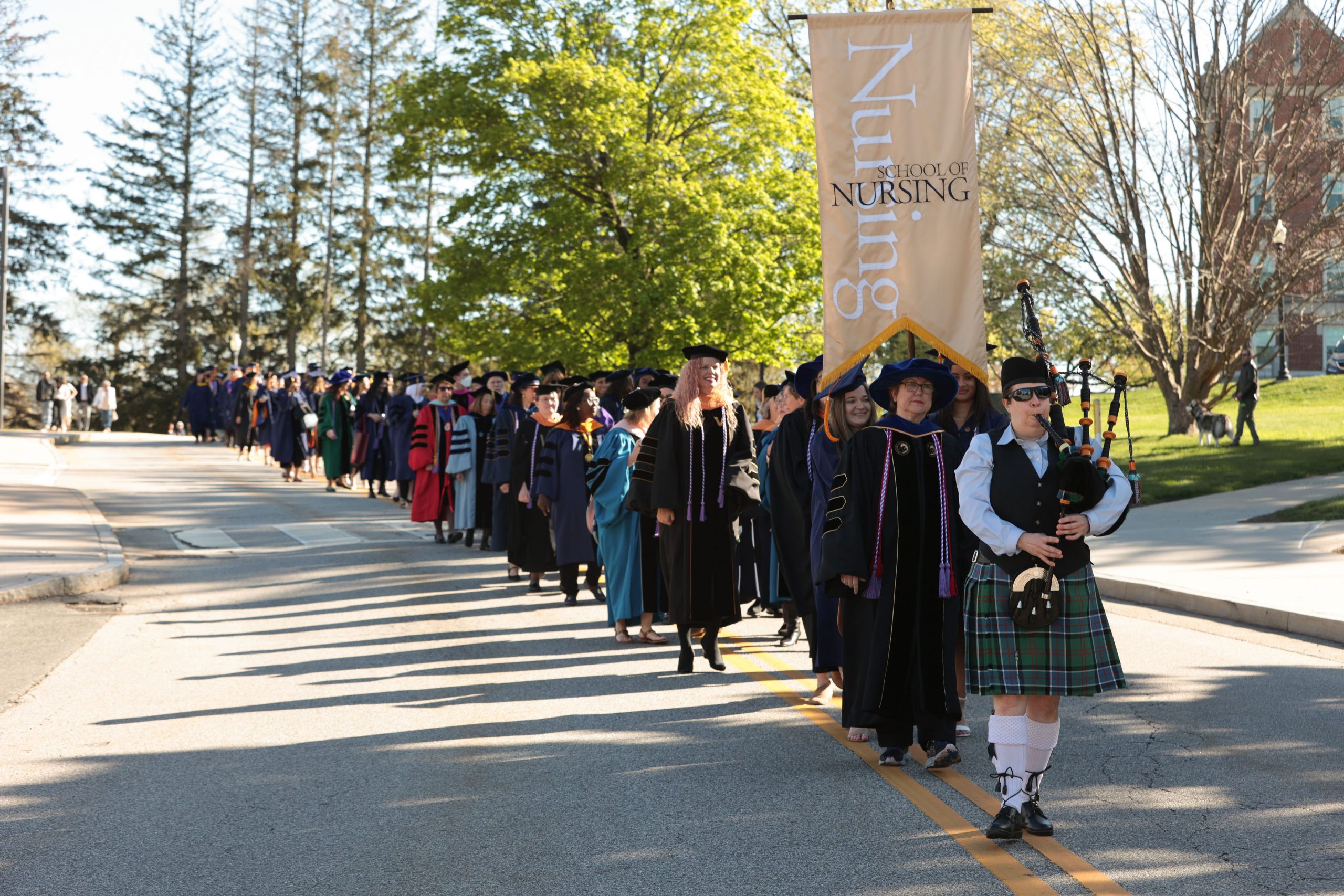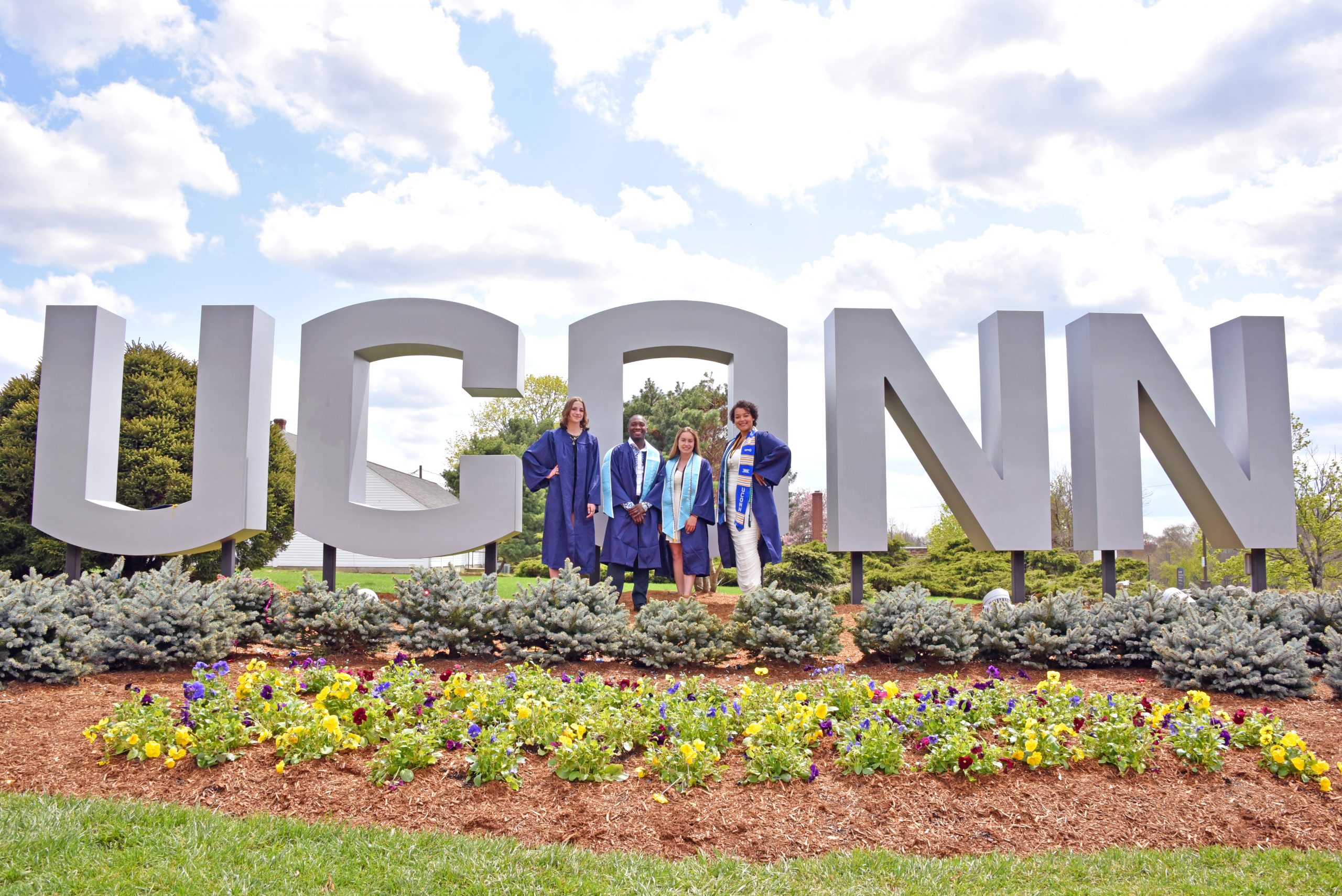UConn researchers and collaborators at Technion – Israel Institute of Technology developed a theoretical model that will expediate the development of affordable fuel cells.
Radenka Maric, UConn’s vice president for research, innovation and entrepreneurship; Dario Dekel from Technion’s Chemical Engineering Department; S. Pamir Alpay, UConn’s associate dean for research and industrial partnerships; and Sanjubala Sahoo, a research scientist in Alpay’s group published their findings in ACS Catalysis in February.
The model analyzed the electronic structure and associated functional properties of a palladium-ceria catalyst for the hydrogen oxidation reaction (HOR), a critical process in clean energy conversion.
The model determines how various materials and material combinations will interact. This theoretical knowledge will aid in the identification of ideal candidates for developing a precious-metal-free fuel cell catalyst.
Currently, fuel cell catalysts rely on precious metals like platinum or palladium. These metals are expensive and not widely available.
Companies like Toyota are already manufacturing fuel cell cars on a small scale, but the cost-ineffectiveness of fuel cells has hampered widespread application.
“The technology is coming,” Maric says. “But in order to have high volume and penetration in many parts of the world, the technology needs to be cheaper.”
Sahoo designed the model based on a palladium-ceria catalyst Dekel had proven to be effective in previous studies. By working backward and validating a known winning combination, the researchers developed a model that determined what properties make this catalyst work.
There are nearly endless combinations of possible materials that could produce an efficient, affordable fuel cell catalyst. This tool will enable researchers to quickly test if a material has the correct properties and only then move to testing it in the lab. This will lead to tremendous time savings.
“Without that theoretical help, we would waste years testing what’s going on,” Dekel says.
The discovery of Teflon, a popular synthetic material, took 20 years. If a tool like this had existed for that technology, it could have taken as few as three years by eliminating the need for an exhausting trial-and-error approach.
There has been little theoretical work on fuel cell catalysts to date.
“It’s a very challenging topic,” Dekel says. “Just to understand what kind of assumptions we can make in this system, that’s a huge advancement.”
The model determines the electronic and physical properties that create a highly active and highly stable catalyst capable of efficiently catalyzing the HOR.
The researchers combined their experimental experience with theoretical knowledge to engage in a mutually beneficial collaboration.
“You’re not developing theory in a vacuum,” Alpay says. “You’re doing this with people who have done experimental work, who know what it’s important.”
With this preliminary proof of the group’s capabilities and success, the researchers are now seeking additional funding opportunities to continue this work.
UConn and Technion have had a relationship for several years under the UConn-Technion Energy Collaboration Initiative. Both are world leaders in fuel cell catalyst research.
“It was a very natural collaboration between two high-powered experimental groups,” Alpay says.
Through their experience with experimentation, theory, and industry, the team has the capacity to take this work all the way from basic science research to applications and product development.
The development of affordable fuel cells could revolutionize energy, greatly reducing reliance on fossil fuels for a host of applications from transportation to energy grids.
UConn is particularly well-positioned to lead this research. Connecticut has established itself as a leader in fuel cell manufacturing, and state-of-the-art facilities and expert faculty at UConn enable cutting-edge research.
“We have to think of this science as global,” Maric says. “The infrastructure and facilities at UConn position UConn very strongly to be a global player.”



